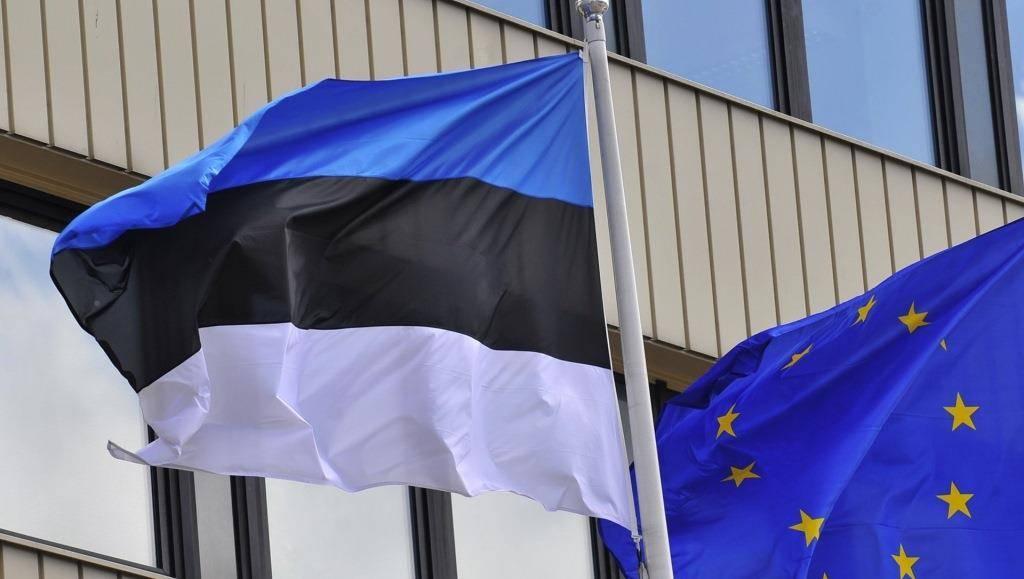Estonian World brings you the results of the Estonian European Parliament election of 2019 in a live blog, starting around 8:00 PM EEDT (6 PM UK time; 1 PM ET). The deputy editor-in-chief of Estonian World, Sten Hankewitz, will also be live-tweeting the results.
02:55
We’re wrapping up here for now – the live blog was updated and edited by Estonian World’s editors Silver Tambur and Sten Hankewitz, thank you for being with us.
Here’s again the final result of the EP elections in Estonia. The following candidates were elected: Marina Kaljurand (the Social Democrats), Andrus Ansip (the Reform Party), Urmas Paet (the Reform Party), Yana Toom (the Centre Party), Jaak Madison (the Estonian Conservative People’s Party) and Sven Mikser (the Social Democrats). Once the UK leaves the EU, Estonia would get another seat in the European Parliament and that would go to Riho Terras (Isamaa).

In the European Parliament, Kaljurand and Mikser would join the Progressive Alliance of Socialists and Democrats (S&D), Ansip, Paet and Toom would sit with Alliance of Liberals and Democrats for Europe (ALDE) and Terras with European People’s Party (EPP). It is not yet known what group Madison would join.
02:34 AM
50.5% of EU citizens eligible to vote took part in the European elections, the highest turnout in 20 years. This is the European Parliament building in Brussels where the MEPs are going to work.
01:40 AM
Among the parties, whose candidates were elected to the European Parliament, the liberal Reform Party was the most successful, receiving 26.2% of the vote. They were followed by the Social Democrats with 23.3%. The populist Centre Party, currently leading the Estonian government, lost much ground compared with the last EP elections and received 14.4% of the vote, instead of the 22.4% in 2014. The far-right EKRE got its very first MEP seat, gathering 12.7% of the vote – a considerable increase from just 4% in 2014. The conservative Isamaa, whose most popular candidate, Riho Terras, a former commander of the Estonian Defence Forces, must wait until the UK leaves the EU, to take up his seat, received 10.3% of the vote.

01:09 AM
Raimond Kaljulaid, a former Centre Party politician, was the most popular independent candidate this time, receiving 20,643 votes. However, this was not enough to get elected. Kaljulaid was elected to the Estonian parliament as a Centre Party MP on 3 March, but quit the party in protest of its decision to form a coalition with the far-right Conservative People’s Party (EKRE).
12:24 AM
The Estonian results are in – and there are no major surprises as pre-election polls have proved to be accurate. The following candidates were elected: Marina Kaljurand (Social Democrats, 65,559 votes), Andrus Ansip (the Reform Party, 41,006 votes), Urmas Paet (the Reform Party, 30,010 votes), Yana Toom (the Centre Party, 27,003 votes), Jaak Madison (the Estonian Conservative People’s Party, 22,823 votes) and Sven Mikser (Social Democrats, 2,886 votes). Once the UK leaves the EU, Estonia would get another seat in the European Parliament and that would go to Riho Terras (Isamaa, 21,474 votes).
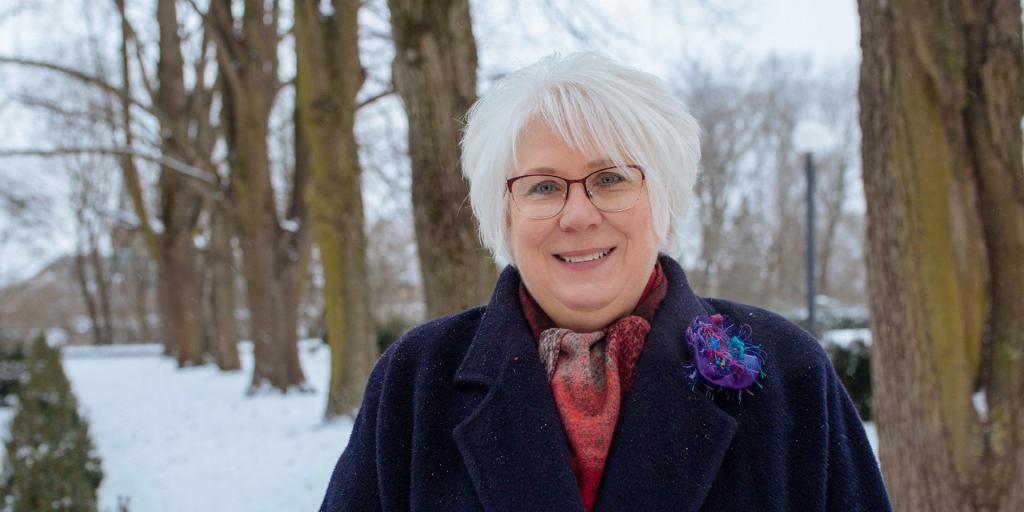
Kaljurand was widely tipped to be the most popular candidate, but with the third most successful result of EP elections in Estonia (Indrek Tarand received 102,460 votes in 2009 and Toomas Hendrik Ilves was elected with 76,120 votes in 2004) since the country joined the EU, nevertheless surprised many.
11:48 PM
Evelin Ilves, who from 2006-2015 was the First Lady of Estonia, was the leading EP candidate for the Estonian Greens. The Greens have never won a seat in the European Parliament and have been out of the Estonian parliament, the Riigikogu, since 2011. The party has in recent years gained more attention again in Estonia – mainly thanks to a new generation of youthful leaders – but due to its inconsistency and lack of coherent programme, has failed to succeed in any elections.
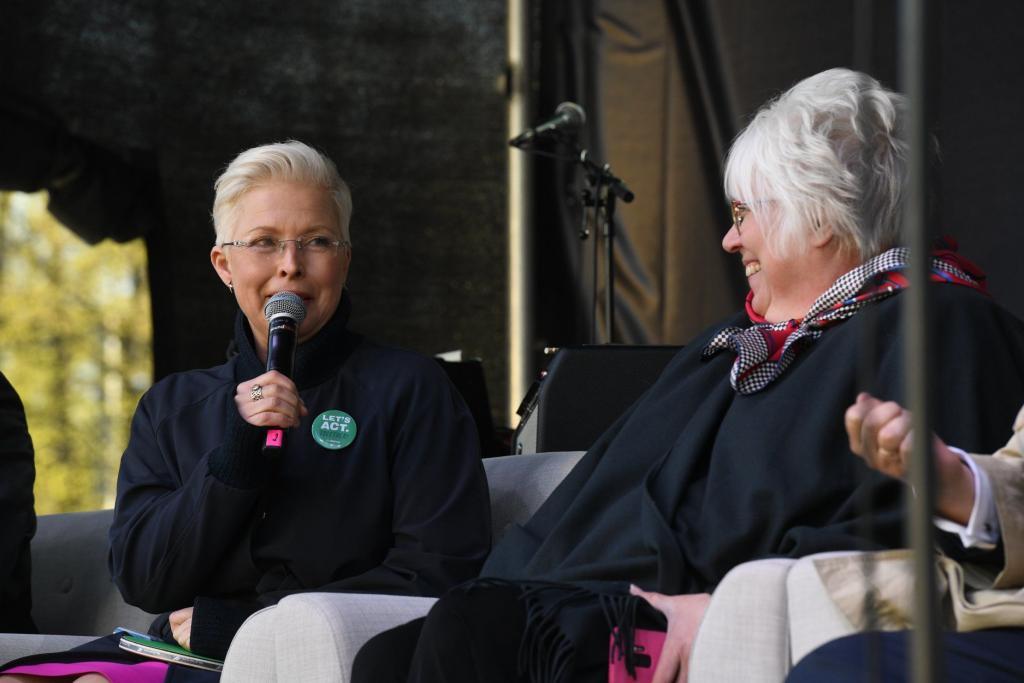
11:10 PM
The leading candidate of the Reform Party is Andrus Ansip, a former Estonian prime minister and the current European commissioner for digital single market. Had the Reform Party managed to form the new government, after winning the general election on 3 March, Ansip would have almost certainly been nominated again to the commissioner post by the Estonian government (the commissioners are nominated by the national governments in the EU).

Since the Reform Party was excluded from the coalition, the new government is expected to nominate Kadri Simson, the chairwoman of the Centre Party fraction in the Estonian parliament, as Estonia’s new commissioner instead.
11:00 PM
Since 1979, the European Parliament has been directly elected every five years by European Union citizens. Unfortunately, voter turnout at EP elections has fallen consecutively at each election since that date and has been under 50% since 1999. Voter turnout in last EP election, in 2014, stood at 42.54% of all European Union voters.
10:38 PM
Indrek Tarand, currently an independent Estonian MEP, hopes to get elected to the EP for third time in a row. In 2009, he stood as an independent candidate and received an unprecedented 102,460 votes (25.81%) in Estonia, which placed him on a surprising second rank after the Centre Party (26.07%).
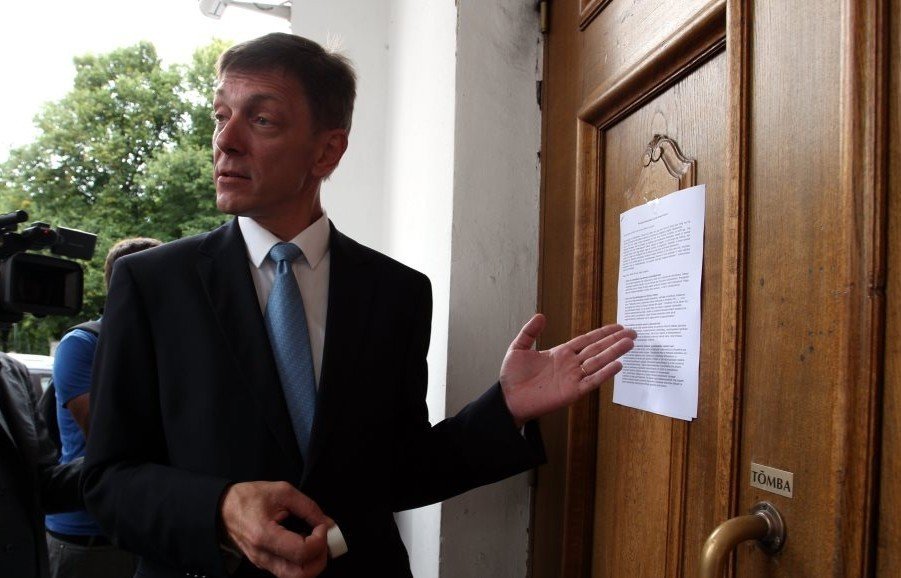
In 2014, Tarand stood again as an independent candidate and was with 43,369 votes (13.2%) reelected. However, his popularity has somewhat waned since and in 2019, he didn’t take a risk of standing as an independent candidate anymore and joined the Social Democrats list instead. Should the party gather enough votes for two mandates, he stands a chance of getting reelected.
10:36 PM
This is how the European Parliament’s session hall in Brussels looks like. The parliament is composed of 751 members (MEPs), who represent the second-largest democratic electorate in the world (after the parliament of India) and the largest trans-national democratic electorate in the world.

10:24 PM
9:55 PM
The turnout was higher in every county but Ida-Virumaa. In the 2014 EP election, 30% of the electorate in Ida-Virumaa came out to vote, this time only 24.3% bothered. This could spell bad news for the Centre Party, as over 73% of the population in Ida-Viru county are Estonian Russians, the party’s traditional voting base. If Yana Toom, currently an MEP and the most popular candidate in the Centre Party’s list, loses her seat, it would almost certainly cause an infighting in the party.
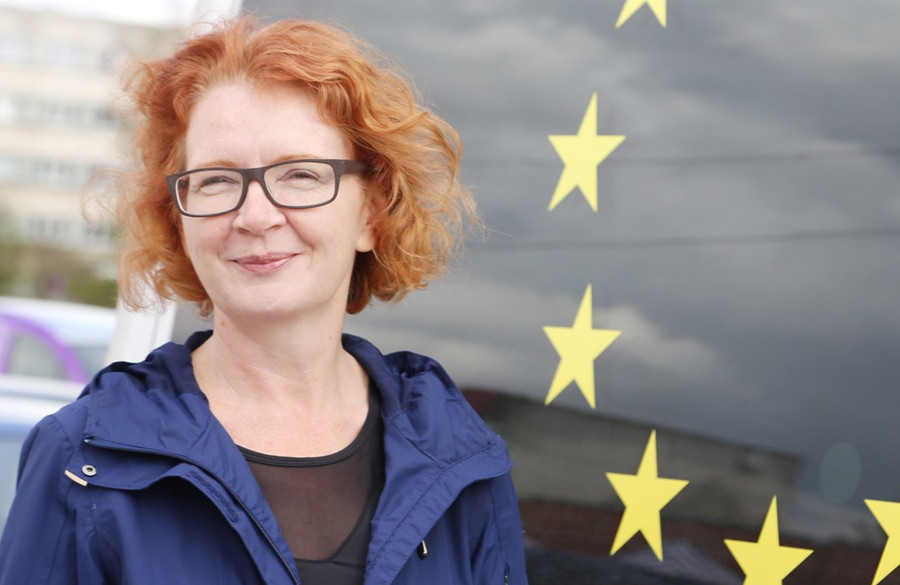
9:50 PM
Before the EP election, polls predicted that out of the six seats allocated to Estonia, the Social Democrats will get two, the Reform Party two, and the Centre Party and the far-right Estonian Conservative People’s Party (EKRE) a seat each.
9:26 PM
In the outgoing EP, Estonia was represented by Yana Toom (Centre Party/ALDE in EP), Urmas Paet (Reform Party/ALDE), Tunne Kelam (Isamaa/EPP), Ivari Padar (Social Democrats/Progressive Alliance of Socialists and Democrats), Igor Gräzin (independent/ALDE) and Indrek Tarand (independent/Greens/ALE).
9:13 PM
Marina Kaljurand, a former diplomat and foreign minister, is widely predicted to be the most popular Estonian candidate at this EP election. Kaljurand represents the Social Democrats – the party that failed miserably at the Estonian general election on 3 March, winning just 10 seats, but could now achieve the best result in the EP election. If Kaljurand receives enough votes, it would help the Social Democrats win two seats out of Estonia’s six.

9:07 PM
According to the preliminary results, the turnout in the European Election 2019 in Estonia was 37,3%. It’s only a tiny bit larger than in 2014 when 36,5% of the Estonian electorate cast their votes in the European Election. The turnout was highest in Tallinn (42,2%) and lowest in Ida-Viru county (24,3%).
9:05 PM
The polling stations in Estonia are now closed. We’re eagerly waiting for the first preliminary results of the European Election 2019 in Estonia.
8:55 PM
Estonia has six seats in the European Parliament. Had the United Kingdom left the EU by now, Estonia would have had seven seats.
7:40 PM
Estonia, like the other 27 member states of the European Union, is today voting in the European Parliament election. The country will elect six new MEPs (and a tentative seventh for when the UK will leave the bloc).

